
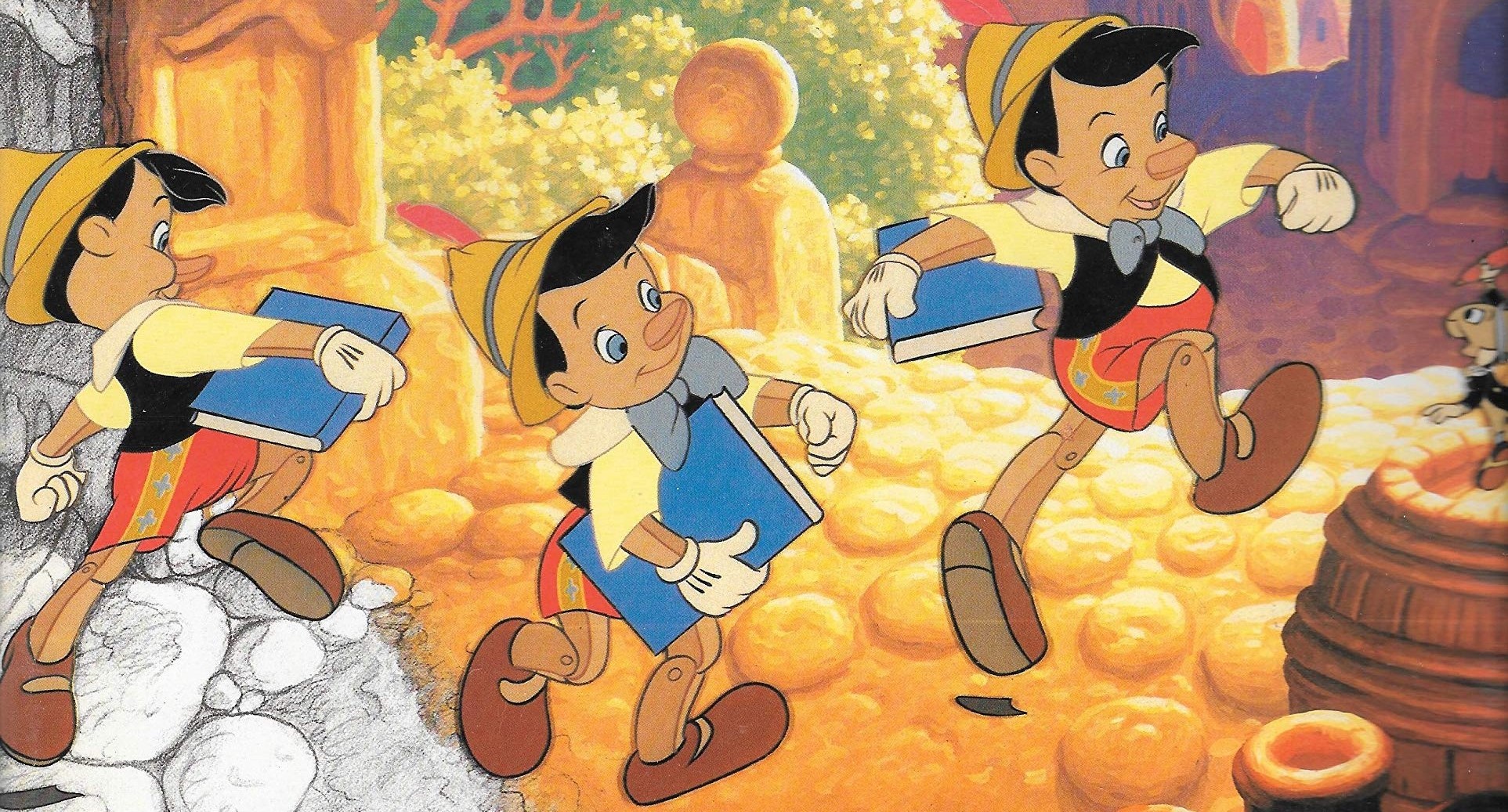
© Disney Editions
Animation is one of the most powerful mediums for communication, as well as entertainment. A video is basically a series of still frames played back fast enough for your eyes to perceive motion. Normally, frames are played back at 24 fps (or frames per second). Even though that is the standard frame rate, the human eye can detect motion at even lower frame rates. This is because our brains fill in the gaps between these frames, which allows us to see fluid motion. The human brain needs at least 10 frames per second to see motion; otherwise, the animation would all look very choppy. Several different animation methods have been developed throughout the 20th and 21st century, and we will cover how most of them work in this article.
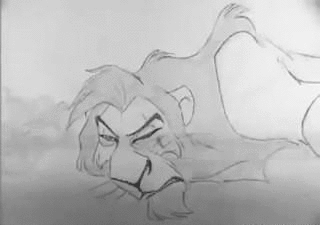
2D animation pencil test. © Walt Disney Pictures
Traditional 2D animation requires a lot of drawing. Basically, the animator draws a different pose on almost every frame, and there are about 24 frames in a second of animation. So that's about 12-24 different drawings for every second of animation. After the animator draws out the animation, every single drawing is then traced in order to 'clean up' the movements. After that, the drawings are each colored in separately. All the frames are then taken and played back quickly, which creates the illusion of motion. A 2D animated feature film requires approximately 144,000 individual drawings.
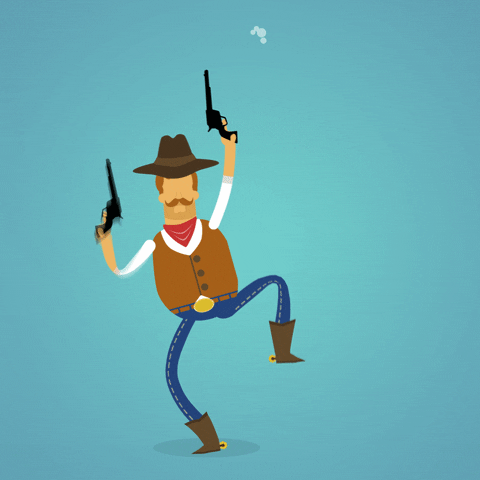
2D vector animation. © Ryan Johnson
2D vector animation is a mixture of 2D and 3D animation. Rather than drawing every single frame to produce an animation, the body parts are only drawn once (or a few times) and attached together using parents and children (a.k.a. 2D rigs). This basically creates a 2D 'puppet' that an animator could pose and use for their scene. The other difference lies in the animation process itself. Instead of posing the character for every single frame, 2D vector animators only pose the characters for keyframes (or key poses), which are basically the most important poses in a movement. After that, they allow the computer itself to interpolate the frames in between using a process called 'tweening.' After that, the animator looks over the computer-generated frames to check for any inconsistencies and tries to fix them. The animator also controls the speed and nature of the motion using graphs. Obviously, some poses are just too complex to work using this method, so they have to be drawn by hand. Overall, this technique is employed in about 90% of 2D animation today because it is much easier and less time-consuming because processes like in-betweening, outlining, coloring, and drawing each frame just don't exist.
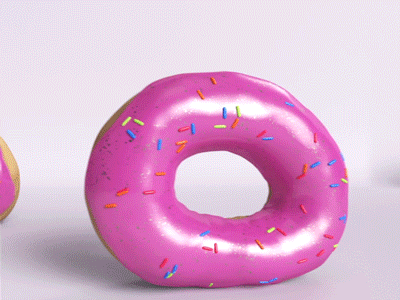
3D animation. © Mikey D
3D animation uses the exact same principles as 2D vector animation, only in 3D space and without the drawing part. When 3D animating, the animator controls a 3D rig. The animation process itself is very challenging and time-consuming, but lighting and rendering all the textures and models at the end is what really makes the process take up so much time. 3D animation also makes the process of adding motion blur a whole lot easier. There isn't much to say about 3D animation that hasn't already been said in the section about 2D vector animation.
Linguistically, motion capture has existed since 2D animation first came out. However, we are discussing modern motion capture, which involves actors putting on full mo-cap body suits covered in tracking dots, which correspond to key positions in a 3D character model. The camera records the position of the dots and the changing distances between them, building a framework to base the animation on. The suit allows the film makers to record their entire bodies. However, mo-cap also exists for realistic facial animation by using facial mo-cap 'masks.'
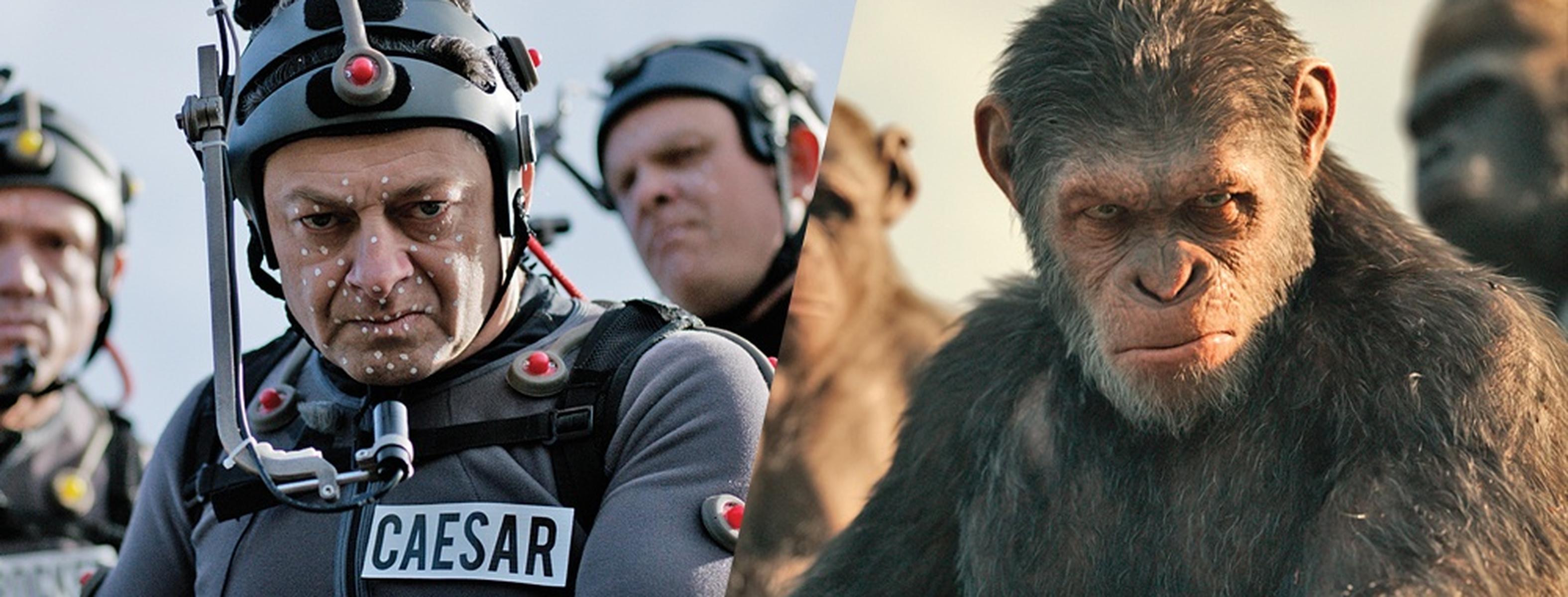
© 20th Century Fox
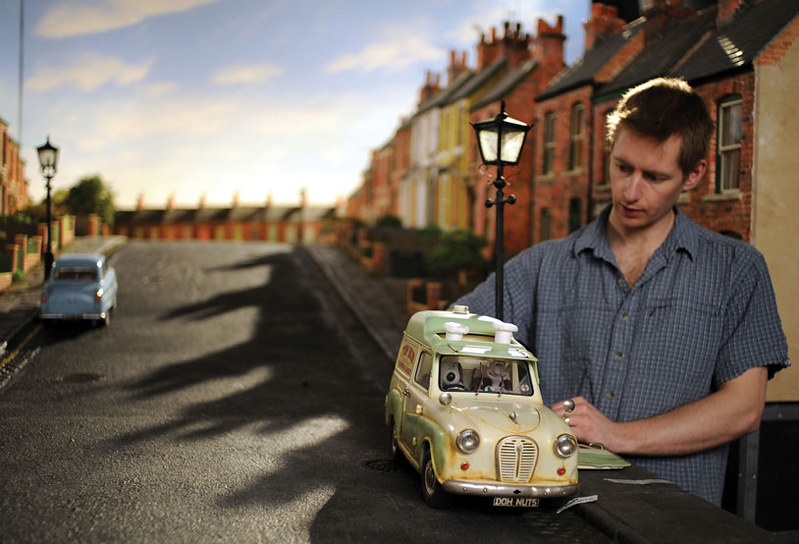
A man animating a car on a stop motion set. © Aardman Animations Ltd
Stop motion animation is all about incrementally moving the character to create the illusion of motion. After each pose, the animator snaps a photo. That's all there is to the animation process. One minute could take up to two week to shoot! This is because there are 24 frames in a second on average. Even though the process itself is very complex and challenging when you're physically doing it, there really isn't that much to explain. After animating, post-production usually involves editing individual frames. Editors try to remove any flicker, and — most importantly — erasing rigs. A similar technique is employed when removing green screens/chroma keys and replacing them with proper backgrounds. During the post-production stage, vfx are added as well. Sometimes, such effects are stop motion animated, but they're usually CG effects (mainly because it's cheaper and easier). After that, the images are all compiled into a single film, playing 24 frames per second. Click here to read more about stop motion animation.
Motion graphics can either be animated in 2D or 3D space. Rather than character animation, motion graphics are all about graphs, diagrams, tables, logos, and basic shapes. This kind of animation is usually seen in logo animations and advertisements because they easily grab the viewer's attention. The video below is an example of a logo animation that I created using both motion graphics and traditional 2D animation.
In conclusion, there are several types of animation, and they each have their own challenges. While some require more drawing, others need more attention to detail when manipulating a 3D character rig in 3D space. To choose your preferred animation medium, look at your strengths and weaknesses and use your own discretion and this article. At the end of it all, each animation medium has challenges, so there no shortcuts to take, nor is there an 'easy' medium.